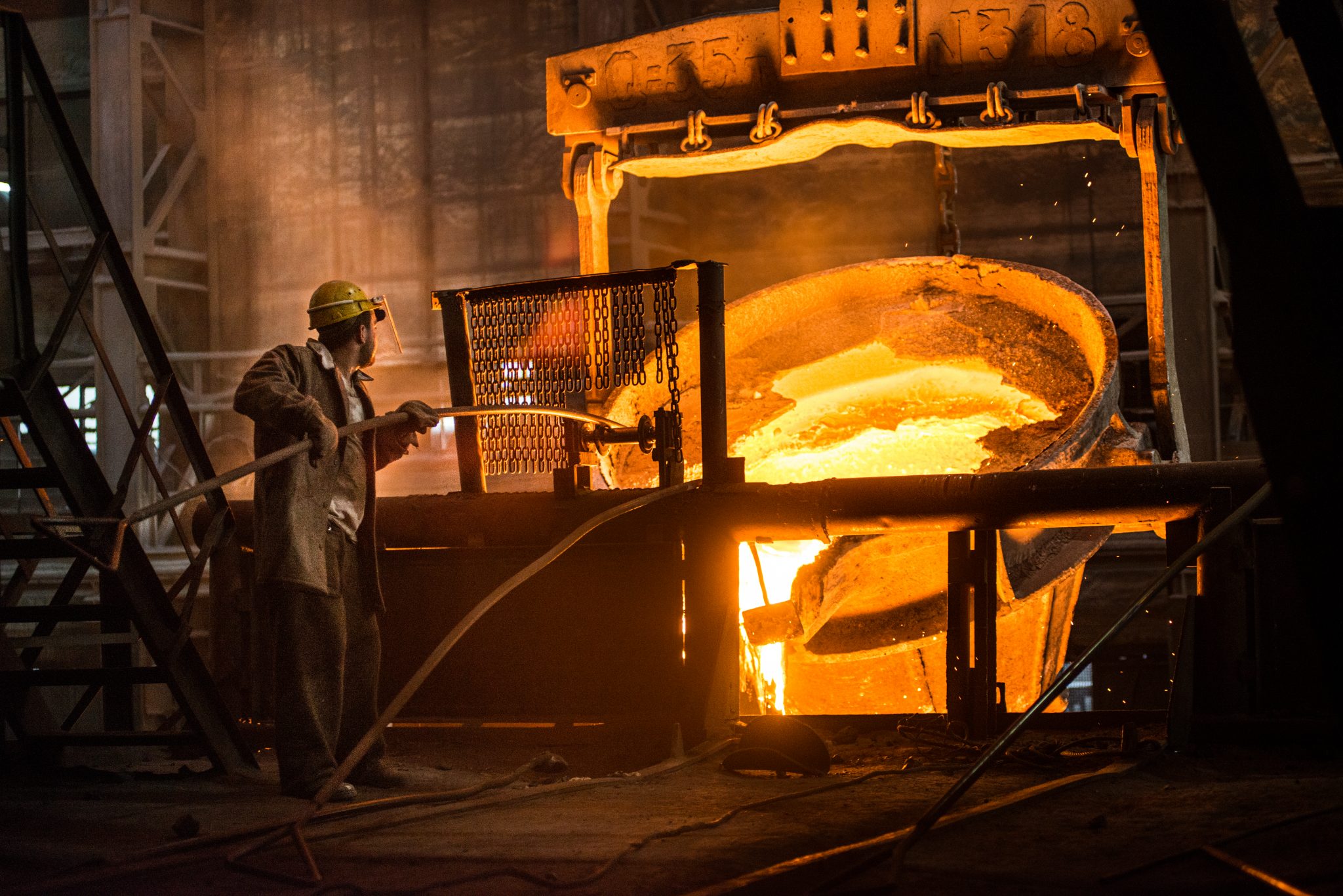The Coal and Coke Industry: A Historical Overview and Current Trends
The coal and coke industry has played a pivotal role in shaping the industrial landscape of the modern world. From its early days as a source of fuel for steam engines to its current applications in steel production and energy generation, coal and coke have been intertwined with societal development. In this blog post, we will explore the history, processes, challenges, and future outlook of the coal and coke industry.
A Brief History
Coal has been utilized by humans for thousands of years, but its significance surged during the Industrial Revolution in the 18th and 19th centuries. As industries expanded and the demand for energy skyrocketed, coal became the primary source of fuel, driving locomotives, powering factories, and heating homes. In this context, the art of converting coal into coke emerged. Coke, a porous and carbon-rich material derived from heating coal in the absence of air, became essential for iron and steel production, as it burns at a higher temperature and produces fewer impurities than raw coal.
The Processes of Coal and Coke Production
The production of coal and coke involves several key processes:
1. **Coal Mining:** Coal can be mined through surface or underground methods. Surface mining involves removing the soil and rock above coal seams, while underground mining extracts coal from deep beneath the Earth’s surface.
2. **Coking Process:** To produce coke, coal is heated in an oxygen-free environment in coke ovens, at temperatures ranging from 1,000 to 2,000 degrees Fahrenheit. This process drives off volatile compounds and leaves behind almost pure carbon, known as coke.
3. **Usage:** The primary use for coke is in the steel-making process, where it serves as both a fuel and a reducing agent, helping to remove impurities from iron ore and convert it into molten iron.
The Modern Landscape of the Industry
The coal and coke industry has faced numerous challenges in recent decades. Key issues include:
– **Environmental Concerns:** The mining and burning of coal produce significant greenhouse gas emissions and other pollutants. Public awareness of climate change has prompted calls for a transition to cleaner energy sources.
– **Regulatory Pressure:** Governments around the world have implemented stricter regulations on emissions, leading some coal power plants to close and impacting the coal mining sector.
– **Market Dynamics:** The rise of natural gas and renewable energy sources has shifted the energy landscape, with many countries reducing their reliance on coal. This shift has had a profound impact on coal prices and demand.
### Innovations and Adaptations
Despite the challenges, the coal and coke industry is exploring innovative practices and adaptations:
1. **Cleaner Technologies:** Advances in carbon capture and storage (CCS) technology may help reduce the carbon footprint of coal utilization, making it a more viable energy source in the future.
2. **Byproduct Utilization:** The industry is increasingly looking at ways to monetize byproducts of coal and coke production, such as coal tar, which can be used in various chemical applications.
3. **Resilience and Diversification:** Many companies are diversifying their portfolios by investing in renewable energy projects or seeking to improve the efficiency of coal usage, thus remaining relevant in a rapidly changing energy market.
### The Future of the Coal and Coke Industry
Looking ahead, the coal and coke industry faces a paradox. While demand for coal for electricity generation is declining in many developed regions, emerging markets, particularly in Asia, continue to rely heavily on coal for energy and industrial processes. The future will likely be marked by a gradual transition toward cleaner energy sources, but coal’s role in certain applications, particularly in metallurgical processes like steel-making, suggests it will not vanish completely.
In conclusion, the coal and coke industry has a rich history and continues to evolve in the face of environmental, social, and economic pressures. As the world moves towards a more sustainable energy future, the focus will increasingly be on balancing the needs for energy security, economic growth, and environmental stewardship. By embracing innovations and adapting to new realities, the coal and coke industry can carve out a sustainable path forward in an ever-changing energy landscape.

